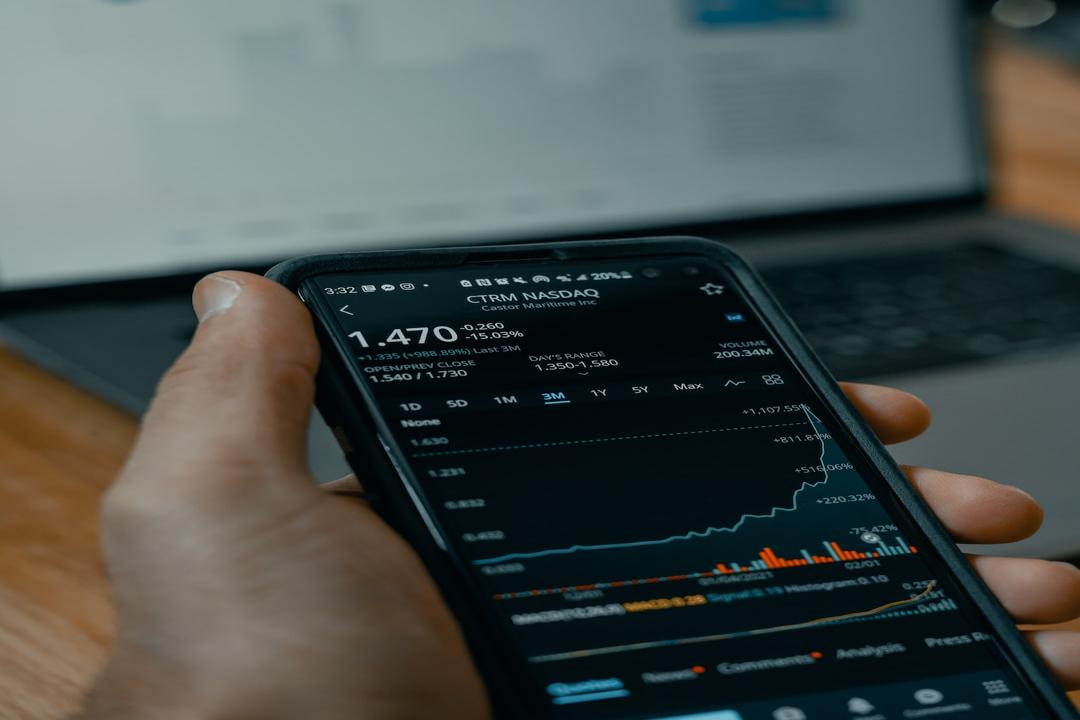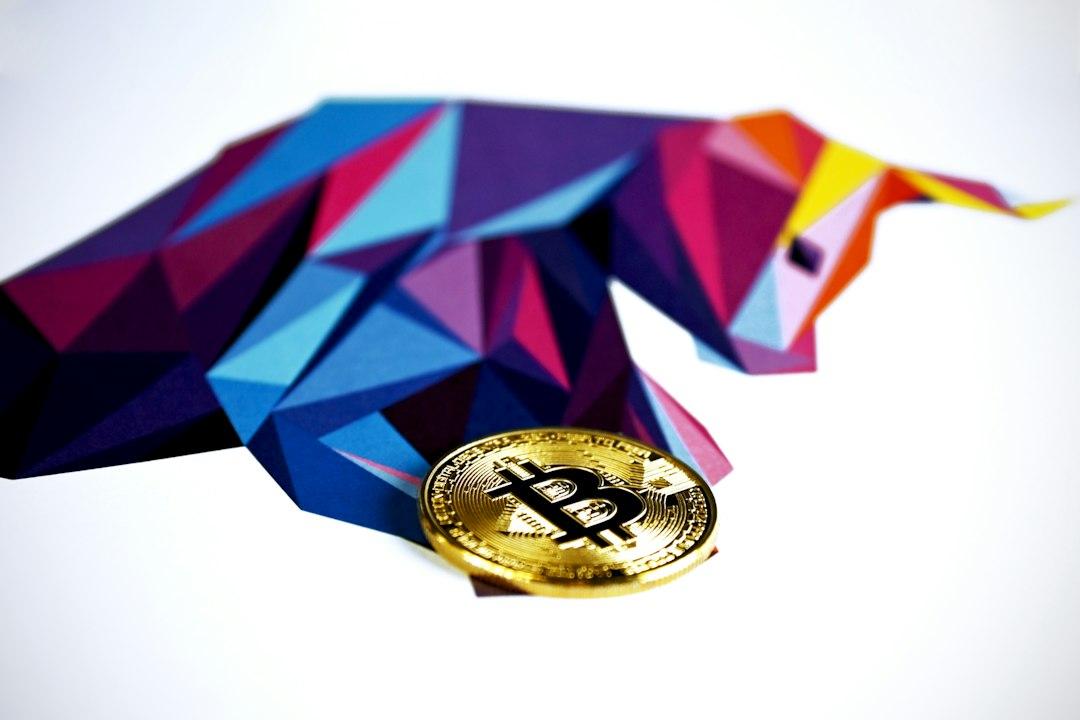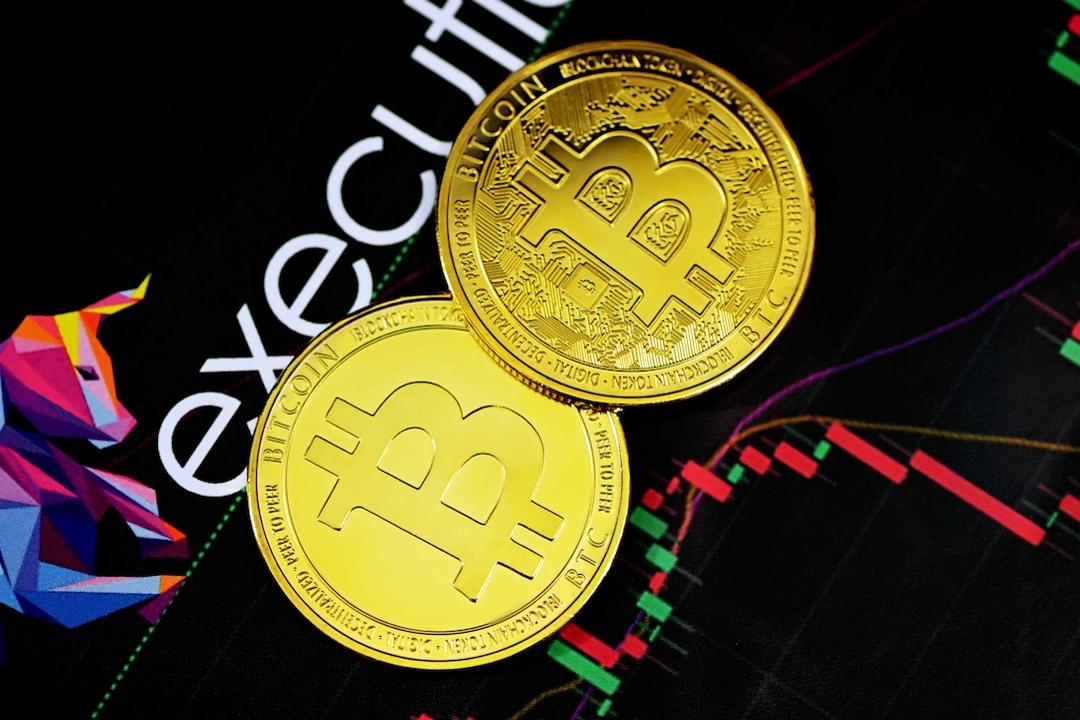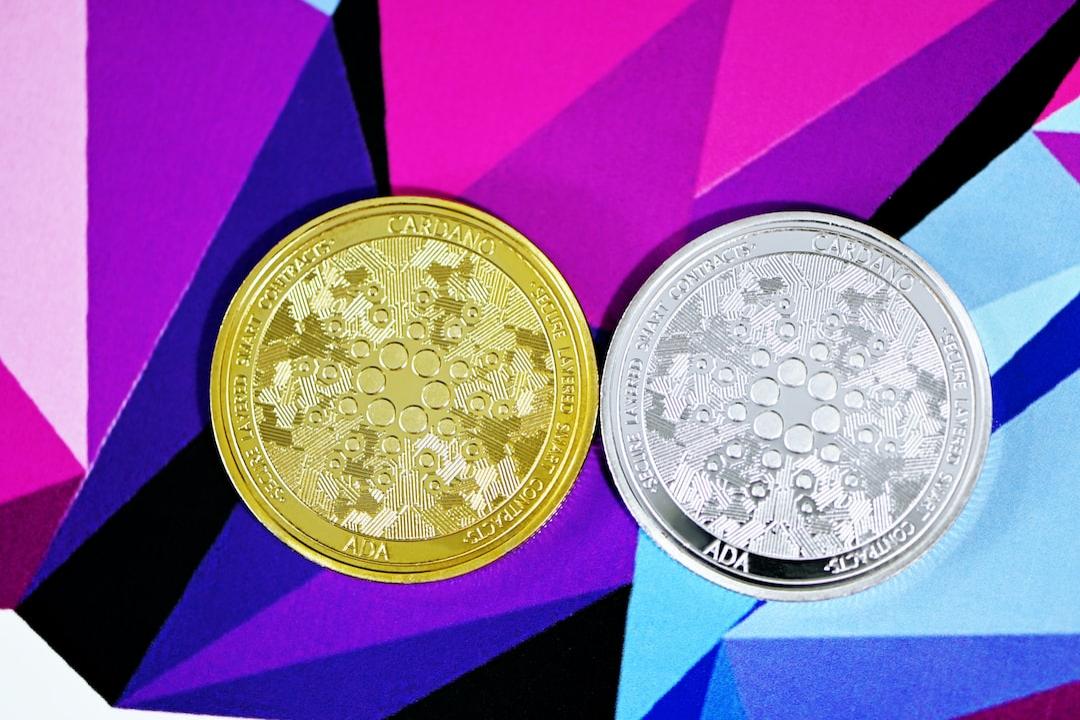How Animoca Brands Makes a Comeback in the Bear Market?
Cryptogames have previously failed to meet their enormous market expectations, but now, one of the early pioneers in this field is finding its financial footing in this challenging industry.
The cryptocurrency industry is experiencing exciting times once again. Bitcoin has reached a new high of $111,814; Coinbase has become the first cryptocurrency company to enter the S&P 500 index; and an increasing number of industry companies plan to go public in this suddenly warming crypto market.
In this context, Hong Kong’s Web3 company Animoca Brands has also joined the ranks. This privately traded company is involved in NFTs, cryptogaming, and an investment platform that includes investments from over 500 companies, including cryptocurrency exchange Kraken and Ethereum development studio ConsenSys.
Animoca was delisted from the Australian Securities Exchange in 2020 due to its association with the cryptocurrency industry, but during the pandemic, its valuation grew from $100 million to $5.9 billion, reaching a glorious moment. However, amid the crypto winter, the collapse of the NFT market, and the subsequent meme coin craze, the company gradually faded from the public eye. At the same time, the GameFi craze failed to attract widespread attention from the estimated $180 billion global gaming market by Oppenheimer, exacerbating the situation.
Despite this, under the leadership of CEO Yat Siu, Animoca has continued to progress steadily, carving out profitable business strategies for the company. According to unaudited financial data released on the company’s website, Animoca achieved a profit of $97 million last year, a 185% increase from 2023.
Today, the company is exploring more business connections with numerous global enterprises in the U.S. market, thanks to the Trump administration’s friendly stance toward the cryptocurrency industry, which includes plans to potentially list on well-known exchanges like Nasdaq or the New York Stock Exchange. “We believe that the U.S. will become the largest cryptocurrency market in the world, so it would be very foolish not to try to enter this market,” Siu stated in an interview with Unchained. However, he also noted that going public in the U.S. is just one of many opportunities the company is currently exploring.
What kind of market reaction will Animoca receive? This will depend on whether GameFi and NFTs can re-attract users, and whether investors recognize Animoca as a “tool provider” in the GameFi space.
Game Pause
Although the global gaming industry is largely unaffected by the specific tariffs of the Trump administration, it remains highly dependent on the changing macroeconomic environment. “Overall, the industry’s performance is decent, but far from as good as during the pandemic,” said Martin Yang, a senior analyst at Oppenheimer. “We experienced very strong growth in the past two years, but now the overall annual growth rate may be only 3-6%.”
The situation in the mobile gaming market is even more concerning, as this is the primary domain of GameFi. For external observers, this may seem counterintuitive, as the mobile gaming “freemium” model and relatively low costs seem more resilient. However, this phenomenon reveals an important detail about the gaming industry and explains why cryptogames struggle to establish themselves.
“People used to think, ‘Oh, players either pay nothing or only a little to play the game,’ so they felt that the [mobile gaming model] could withstand a challenging macro environment,” said Mike Hickey, a senior analyst at The Benchmark Company, in an interview. “But in reality, we have found that the mobile gaming market is the most fragile over the past few years.” He further pointed out that even many major independent mobile game studios, like Zynga, have been acquired or faced layoffs.
How does this trend relate to the cryptocurrency industry? Data shows that GameFi is in distress, partly because GameFi’s user base is far smaller than the overall gaming market. Take Ethereum, for example (the dominant blockchain in this field), where key metrics such as trading volume and user numbers have significantly declined, as can be clearly seen in the chart below (the second chart needs to be read from right to left).


Animoca’s B2B Strategy: Becoming the Market Engine for GameFi
In the current market environment, it seems surprising that Animoca has been able to nearly triple its profitability within a year, but this is exactly what it has achieved. How did it do this? By becoming the primary liquidity engine or market maker for GameFi.
Yat Siu realized that providing financial backend support for these companies is more robust, safer, and potentially more profitable than launching more games in an already competitive market. “This is the evolution of the business,” Siu said. “We know that many small companies do not have the financial infrastructure or relevant experience when launching games. We buy their tokens and provide capital market support, such as over-the-counter trading. It sounds very financialized, but it’s actually just an extension of what we call publishing business.”
What impact does this have on its business? In 2023, most of the company’s revenue came from its Web3 operations, including wholly-owned projects such as virtual worlds, chess games, and online education platforms. However, from 2023 to 2024, a year of great activity in the cryptocurrency industry, this revenue dropped by 39.5%. Yet the company’s profits grew by 185% year-on-year. How was this achieved? Its digital asset consulting business grew by 114%, which is where all the capital market activities are located.

Can This Growth Be Sustained?
Delta-neutral strategies like market making can be profitable both within and outside the cryptocurrency industry, and data shows that Animoca has found its unique product-market fit in this domain. However, investors need to be confident that the company can continue to expand this revenue line, especially given the continued slump in key GameFi metrics.
This question is difficult to answer. One data point that can provide clues is the trading volume of GameFi tokens on decentralized exchanges (DEXs). As shown in the chart below, the trend is similarly negative when observing Ethereum-based tokens, although daily trading volumes still reach hundreds of thousands of dollars. Other blockchains like Polygon and BNB show similar trends.
This is important because DEX trading volumes more accurately reflect user demand for specific tokens, while CEX trading volumes tend to be more speculative. It is currently unclear how much of this trading volume is conducted by Animoca on behalf of clients, which represents a significant blind spot for investors.

Supplementary
An optimistic interpretation of Animoca’s performance is that the company has found a way to operate profitably before the next wave of GameFi arrives, assuming such a wave will come. In this regard, Yat Siu stated that President Trump’s support for the cryptocurrency market is particularly important, as the unfavorable regulatory environment in the U.S. has hindered major American gaming companies from entering the field.
If, and this is a big if, Siu and Animoca can get one of the major companies, like EA Sports, to join, it could resolve another significant issue for cryptogames, which is the lack of entertainment in games and players’ negative reaction to the excessive financialization of the industry. “When you try to attach something that is just a monetization mechanism to a normal gaming experience without enhancing the gaming experience, players will oppose these monetization strategies dominated by companies,” Hickey stated.
This article is a collaborative reprint from: Deep Tide

